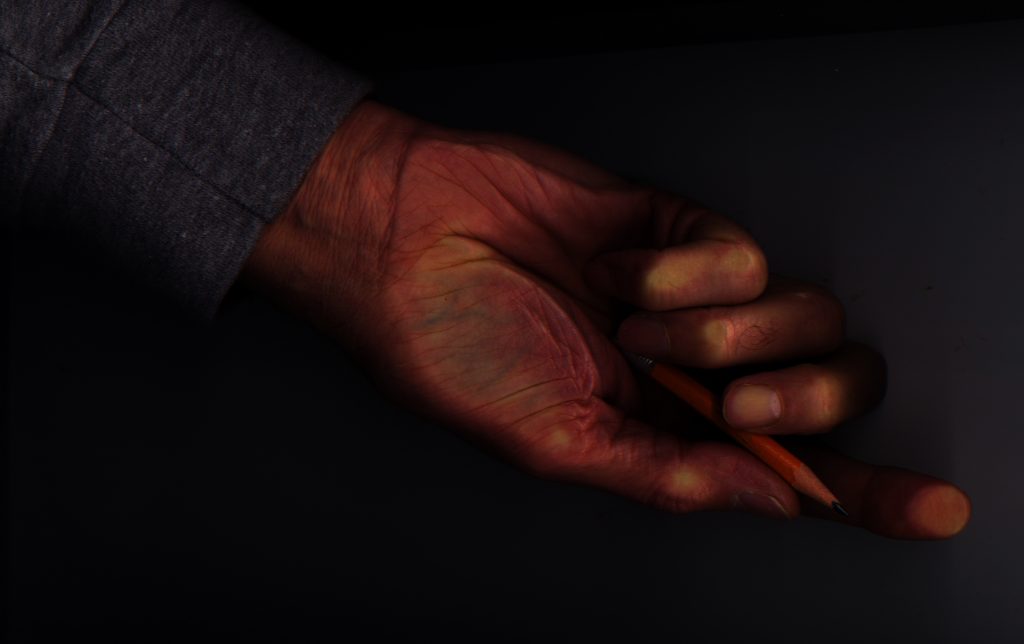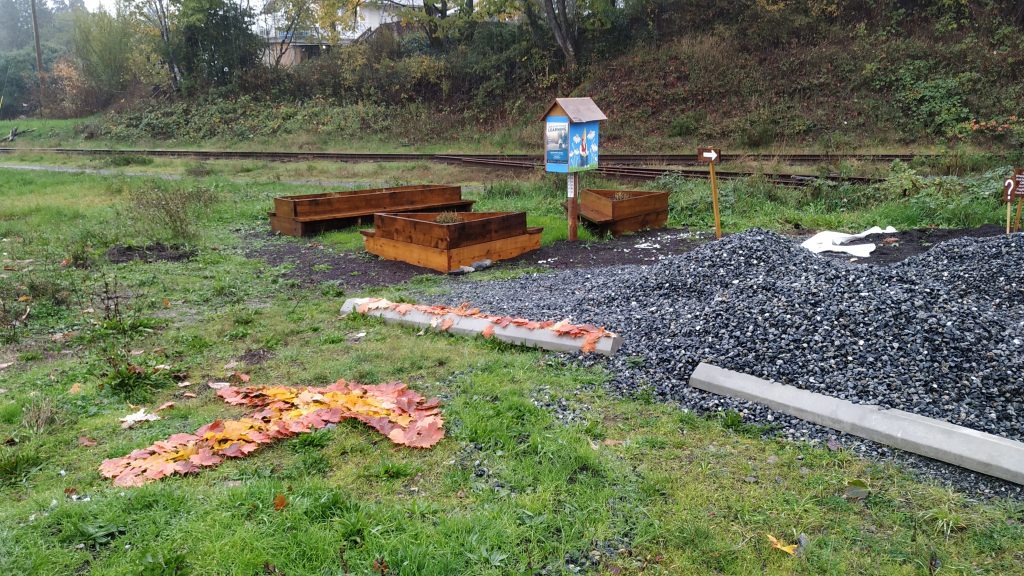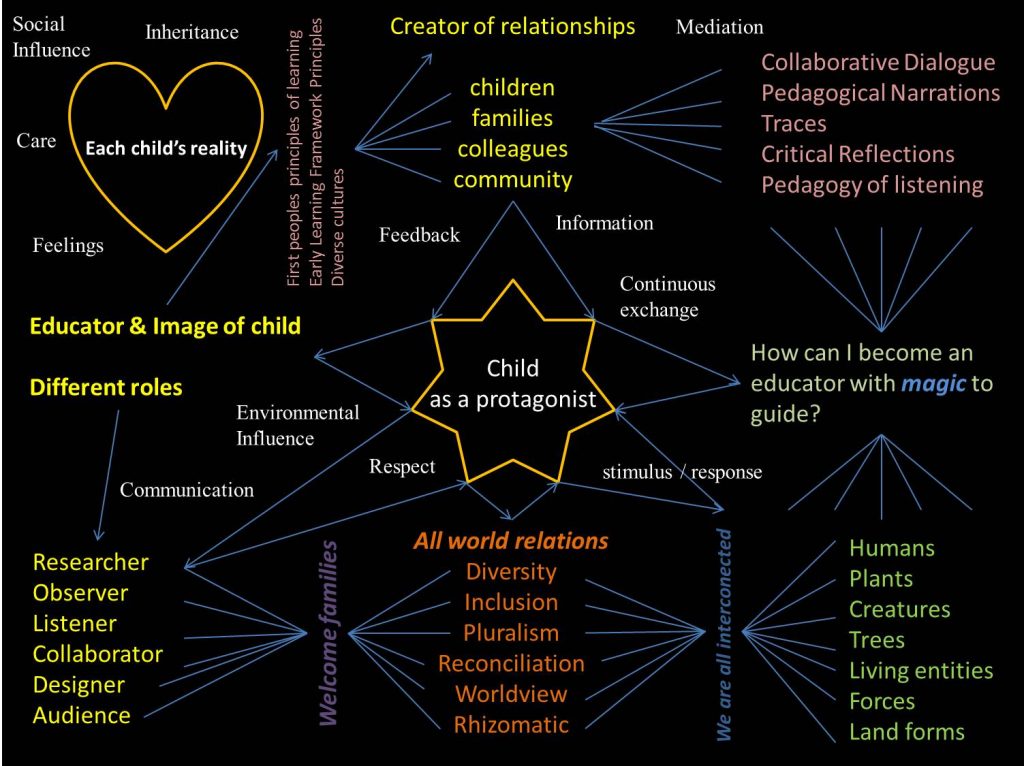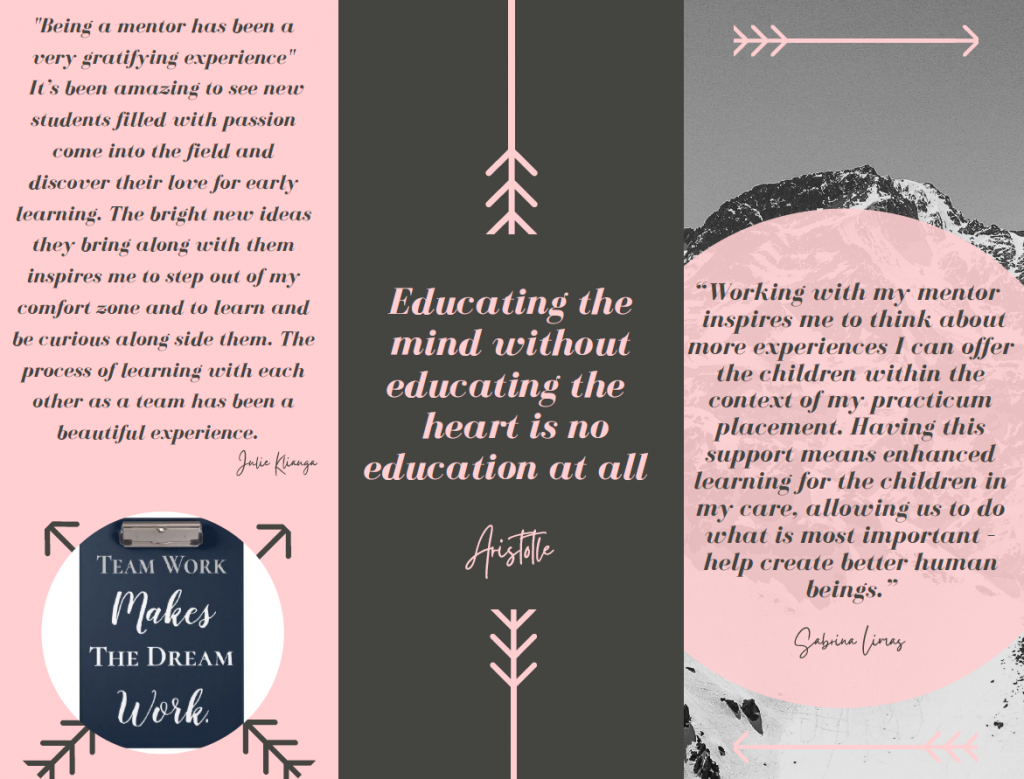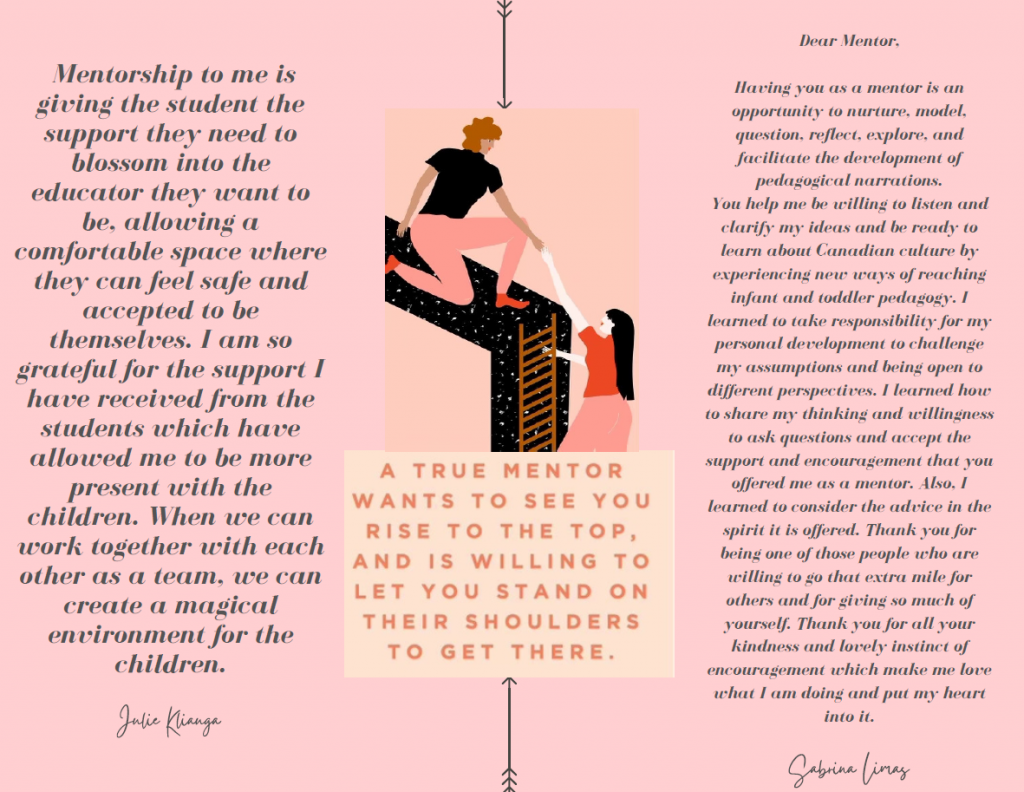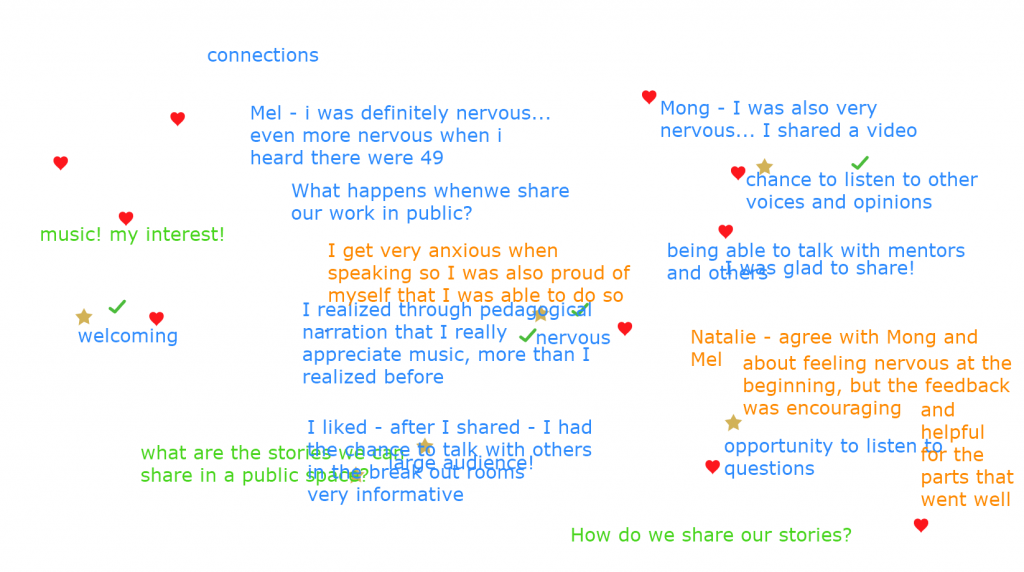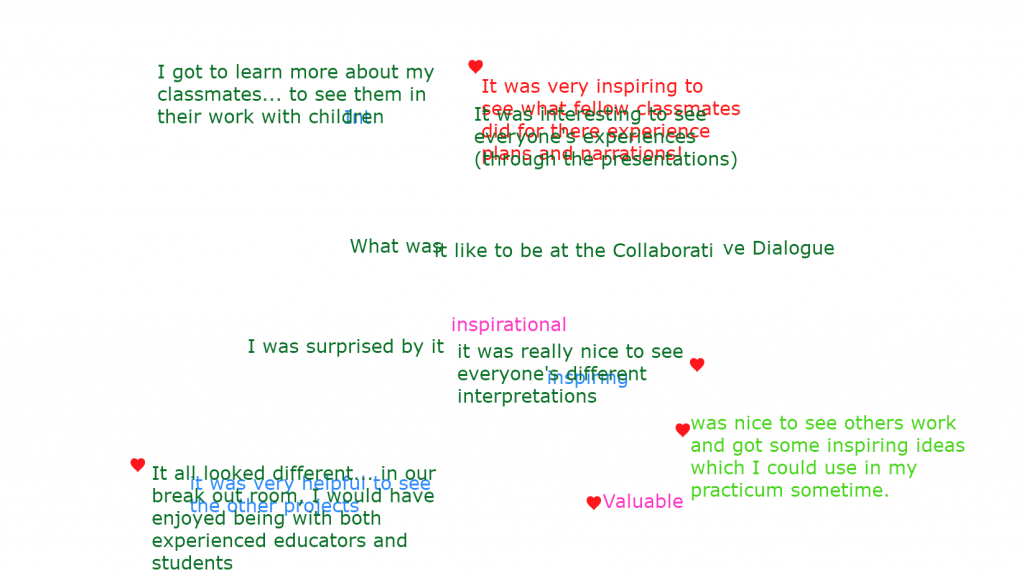Posted on 2021-12-02 by michael3
I’m reflecting on the experience last night at the Collaborative Dialogue Event (ECPN’s put on). The story of Kozue especially on the little children’s grip of ‘things’ they bring to the day care in her experience. She lists several things they bring, and small stones is one of them. Tonight, I’m thinking, that if I was a child again, and had the choice, I would have brought a small pencil (or like stylo-instrument, be it a crayon, pastel, pen). I have had a fettish for these objects since I can remember, and it is not surprising my desk and art studio are cluttered with these materials (evocative objects–so I decided to scan my gripping the pencil as if that is my child’s hand at a toddler age)- I think of adults or older peers prying against the will of the child in many instances, even my own, where something inside one’s hand is forcibly removed because the child doesn’t want to give it up. That was part of Kozue’s realization of having a “relationship with the stone” which she has shared on a prior blog post here and she shared her written story at the Event last night online.
Now, what takes this all further in my query, is not that I am a ‘collector’ of such stylo-like things and love what they can do in terms of their marking the world, the sidewalk, the blackboard, the whiteboard, the paper, etc. but I have on several occasions made paintings in experimental series where I draw, color, and paint realistically a stylo object, a pencil crayon, a pastel, a felt-tipped child’s marker. In fact in the current show at NIA starting this Sat.-Sun. (for the Nanaimo Artwalk) you’ll see at least two of my paintings where I included such an object. Okay, that’s interesting enough. But what really came out tonight, from the unconscious to conscious, was that “I am a pencil crayon.” Yeah, all those objects truly are “me” and they are what and how I want to be handled in the world–artistically, as I and many of us would handle a pencil crayon (or any stylo objective I’ve mentioned above). Wow! There’s a lot there to mine. But, let’s also not forget the stones, as a theme for this artist residency and Kozue’s story, in hand–and, now in her son’s hand. As she told us last night that her son “took the stone” –her stone. What part of her did he take, and apparently has still hidden, even from his mom?
